 W
WThe Battle of Alamana was fought between the Greeks and the Ottoman Empire during the Greek War of Independence on April 22, 1821.
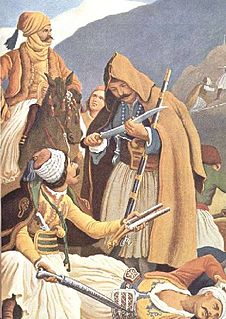 W
WThe Battle of Arachova, took place between 18 and 24 November 1826 (N.S.). It was fought between an Ottoman Empire force under the command of Mustafa Bey and Greek rebels under Georgios Karaiskakis. After receiving intelligence of the Ottoman army's maneuvers, Karaiskakis prepared a surprise attack in vicinity of the village of Arachova, in central Greece. On 18 November, Mustafa Bey's 2,000 Ottoman troops were blockaded in Arachova. An 800-man force that attempted to relieve the defenders three days later failed.
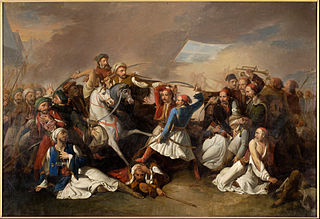 W
WThe Battle of Karpenisi took place near the town of Karpenisi on the night of August 21, 1823 between units of the Greek revolutionary army and Ottoman troops.
 W
WThe Battle of Phaleron, or "Battle of Analatos", took place on April 24, 1827. The Greek rebel forces were being besieged inside the Acropolis of Athens by Ottoman forces under the command of Mehmed Reshid Pasha. Greek forces outside the city were desperately trying to break the siege.
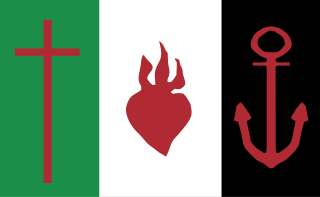 W
WThe Areopagus of Eastern Continental Greece was a provisional regime that existed in eastern Central Greece during the Greek War of Independence.
 W
WYannis Gouras was a Greek military leader during the Greek War of Independence. A cousin of Panourgias, he distinguished himself in the battles in eastern Continental Greece, but became notorious for his invasion of the Peloponnese during the Greek civil wars of 1824–25 and his murder of his former chief, Odysseas Androutsos. He was killed during the Siege of the Acropolis.
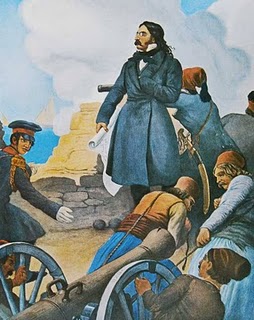 W
WThe First Siege of Missolonghi was an attempt by Ottoman forces to capture the strategically located port town of Missolonghi during the early stages of the Greek War of Independence.
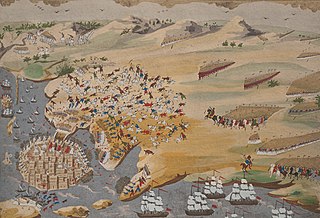 W
WThe Second Siege of Missolonghi was a second attempt by Ottoman forces to capture the strategically located port town of Missolonghi during the third year of the Greek War of Independence (1823). The second siege is usually ignored however, and the name is often applied to the greater siege of 1825–1826.
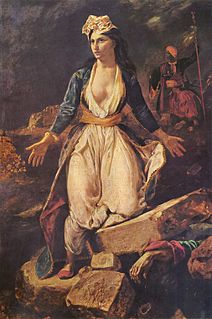 W
WThe Third Siege of Missolonghi was fought in the Greek War of Independence, between the Ottoman Empire and the Greek rebels, from 15 April 1825 to 10 April 1826. The Ottomans had already tried and failed to capture the city in 1822 and 1823, but returned in 1825 with a stronger force of infantry and a stronger navy supporting the infantry. The Greeks held out for almost a year before they ran out of food and attempted a mass breakout, which however resulted in a disaster, with the larger part of the Greeks slain. This defeat was a key factor leading to intervention by the Great Powers who, hearing about the atrocities, felt sympathetic to the Greek cause.
 W
WThe Siege of the Acropolis in 1821–1822 involved the siege of the Acropolis of Athens by the Greek rebels, during the early stages of the Greek War of Independence.
 W
WThe Siege of the Acropolis in 1826–1827 during the Greek War of Independence involved the siege of the Acropolis of Athens, the last fortress still held by the Greek rebels in Central Greece, by the forces of the Ottoman Empire.
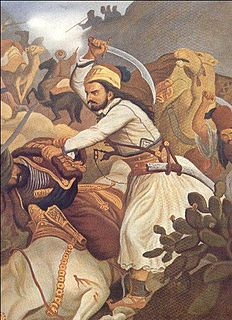 W
WThe Battle of Vasilika was fought between Greek revolutionaries and the Ottoman Empire during the Greek War of Independence.